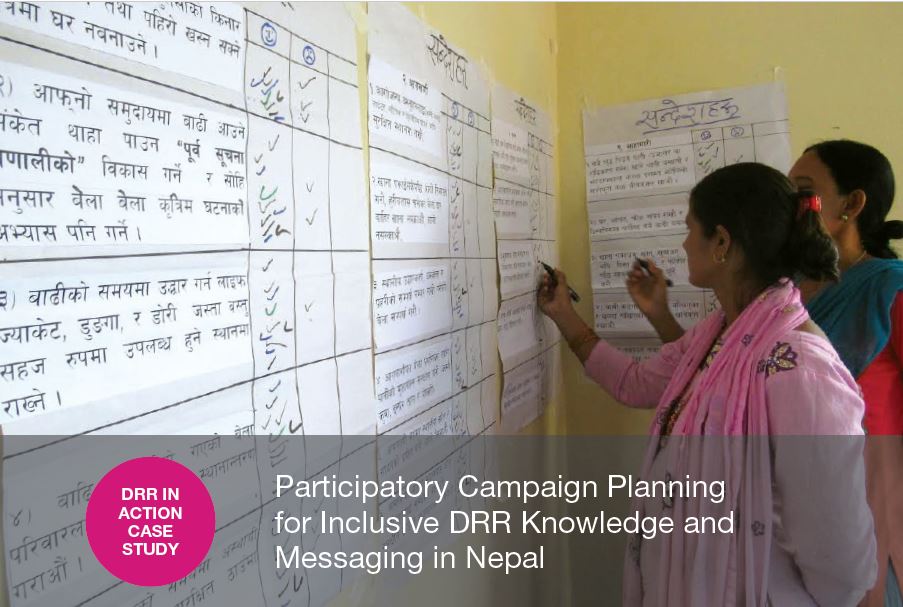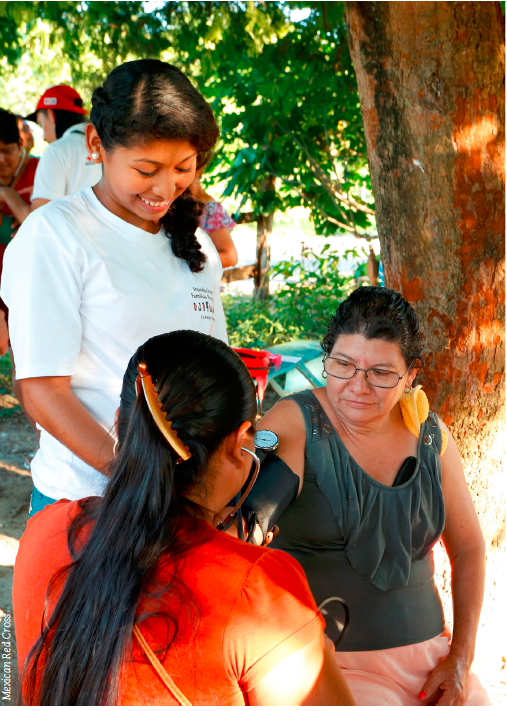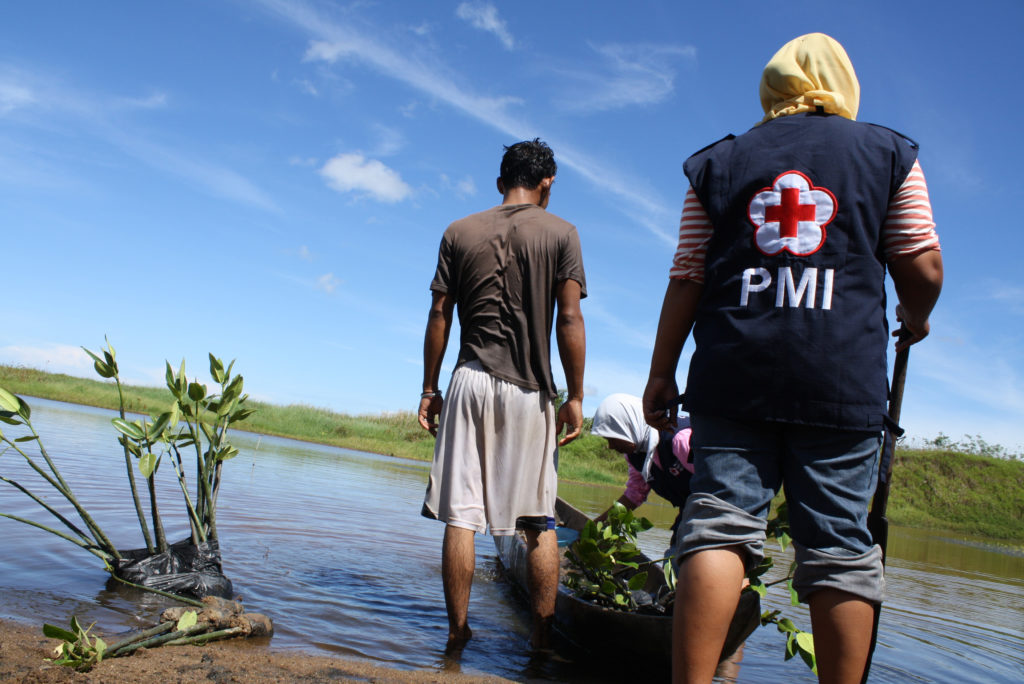SURE Urban Assessment guidelines
The purpose of these guidelines is to document the process and rationale the development and implementation of the Urban Assessment (UA); providing guidance on how to carry out urban disaster risk reduction / resilience assessments.
SURE Urban Assessment guidelines Read More »



